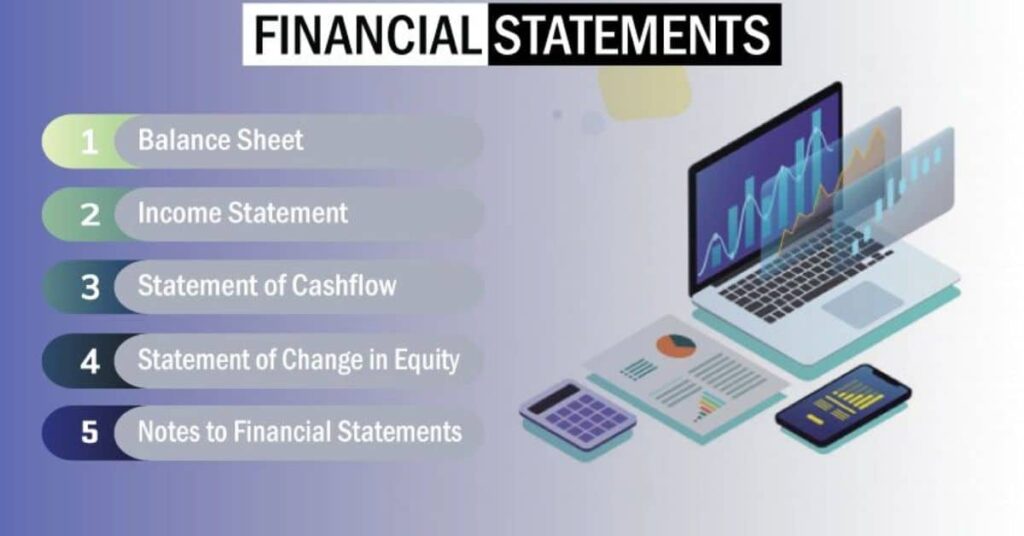Introduction
In the corporate world, ensuring that employees are fairly compensated and engaged is crucial to building a strong and successful business. Terms like “hum compben e mer” represent important components of human resources: compensation (compben), employee engagement (e), and metrics (mer). By understanding these concepts, businesses can create a positive working environment, increase employee retention, and drive productivity.
In this article, we will explore the meaning of “hum compben e mer,” break down each aspect, and examine why they are essential for modern workplaces. Additionally, we will discuss how companies can optimize these areas to create a better working environment.
Have a look on 50 beale street san francisco charge on credit card
What is Hum Compben E Mer?
Hum compben e mer refers to a combination of terms used in HR:
- Hum (Human): This represents the human element in business—employees.
- Compben (Compensation and Benefits): Refers to the pay, rewards, and benefits that employees receive in exchange for their work.
- E (Employee Engagement): Represents how engaged and involved employees feel within the company.
- Mer (Metrics): These are the measurements used to track performance, productivity, and satisfaction levels within an organization.
Together, hum compben e mer covers the critical aspects of HR that drive business success. Let’s explore each of these in detail.

Compensation and Benefits: The Cornerstone of Employee Satisfaction
1. Importance of Compensation and Benefits
Compensation and benefits play a significant role in keeping employees motivated and satisfied. Fair pay, incentives, and perks are crucial in attracting top talent and retaining skilled employees. Companies that offer competitive packages are likely to see higher levels of productivity and loyalty.
2. Components of Compensation
Compensation refers to the money paid to employees for their work. It includes:
See csc service work charge on credit card
- Base Salary: The fixed amount paid to employees.
- Bonuses: Additional monetary rewards based on performance.
- Overtime Pay: Extra pay for hours worked beyond the standard schedule.
3. Types of Employee Benefits
Benefits include non-monetary perks provided by employers. Some of the most common benefits are:
- Health Insurance: Medical coverage for employees and sometimes their families.
- Retirement Plans: Savings programs to help employees prepare for retirement, such as a 401(k).
- Paid Time Off: Paid leave for vacation, illness, and personal days.
- Work-Life Balance: Flexible work schedules, remote work options, and wellness programs.
Employee Engagement: Keeping the Workforce Connected
1. What is Employee Engagement?
Employee engagement refers to the emotional commitment employees have to their work and company. Engaged employees are passionate, enthusiastic, and dedicated to their jobs. They are more likely to go the extra mile and contribute positively to the company’s success.
2. How to Improve Employee Engagement?
There are several strategies companies can implement to boost employee engagement:
- Clear Communication: Keeping employees informed about company goals and objectives.
- Recognition and Rewards: Acknowledging hard work and achievements.
- Professional Development: Offering training and development opportunities.
- Work Environment: Creating a positive and inclusive company culture.
3. Benefits of High Employee Engagement
High employee engagement results in:
- Increased Productivity: Engaged employees are more productive and efficient.
- Lower Turnover: Employees who feel connected to their jobs are less likely to leave the company.
- Better Customer Service: Engaged employees provide better service to customers, enhancing the company’s reputation.
Metrics: Measuring Performance and Satisfaction
1. Importance of Metrics in HR
Metrics are essential for tracking the success of compensation, benefits, and engagement strategies. By analyzing data, companies can make informed decisions about where improvements are needed.
Explore achma visb
2. Common HR Metrics
Some important HR metrics include:
- Employee Satisfaction Scores: Surveys that measure how satisfied employees are with their jobs and workplace.
- Retention Rates: The percentage of employees who stay with the company over a specific period.
- Absenteeism: Tracking how often employees miss work can indicate disengagement or dissatisfaction.
- Performance Metrics: Productivity levels, quality of work, and meeting deadlines.
3. Using Metrics for Continuous Improvement
HR metrics allow companies to assess the effectiveness of their HR strategies. If the data shows low engagement or high turnover, companies can adjust their policies to better meet employees’ needs. By using metrics effectively, businesses can create a more dynamic and supportive work environment.
Balancing Compensation, Benefits, and Engagement for Success
1. Aligning Pay with Employee Expectations
One of the most effective ways to improve engagement is to ensure compensation aligns with employee expectations. Offering competitive salaries that match industry standards shows employees that they are valued.
2. Customizing Benefits Packages
A one-size-fits-all approach may not work for benefits. Companies should consider customizing benefits packages to meet the diverse needs of their workforce, such as offering childcare options, wellness programs, or additional paid time off.
3. Engaging Employees Through Development Opportunities
Investing in employee development not only boosts engagement but also enhances the overall skill level of the workforce. Companies that offer training and development programs empower employees to advance their careers while staying loyal to the company.
4. Encouraging Feedback and Participation
Employees who feel heard are more likely to stay engaged. Regularly asking for feedback and involving employees in decision-making processes can improve job satisfaction and build a sense of ownership.
Challenges in Managing Compensation, Benefits, and Engagement

1. Balancing Cost with Employee Satisfaction
Offering competitive compensation and benefits can be expensive. Companies must balance these costs while ensuring employee satisfaction. This requires a strategic approach to budgeting and resource allocation.
2. Keeping Up with Industry Trends
The expectations for compensation, benefits, and engagement are constantly evolving. HR teams must stay updated on industry trends to remain competitive and retain top talent.
3. Addressing Employee Burnout
Even with fair compensation and benefits, employee burnout can occur. Companies must take proactive steps to prevent burnout by promoting work-life balance and reducing excessive workloads.
Conclusion
Hum compben e mer—compensation, benefits, employee engagement, and metrics—are essential elements for a thriving workforce. Companies that invest in these areas will see higher employee satisfaction, increased productivity, and lower turnover rates. Understanding and optimizing these components not only improves employee experiences but also strengthens the overall success of the business.
By providing fair compensation, valuable benefits, and fostering a culture of engagement, businesses can create a positive and productive environment. Metrics allow companies to measure progress and continuously improve their HR strategies, leading to long-term success.
FAQs
1. What does hum compben e mer mean?
Hum compben e mer refers to the key HR concepts: compensation (compben), employee engagement (e), and metrics (mer). Together, they represent the foundation for employee satisfaction and productivity.
2. How do compensation and benefits affect employee engagement?
Fair compensation and benefits can significantly boost employee engagement by making employees feel valued and appreciated. When employees are compensated fairly, they are more likely to stay motivated and productive.
3. Why are HR metrics important?
HR metrics are essential for tracking employee performance, satisfaction, and engagement. They help companies identify areas that need improvement and make informed decisions to optimize their HR strategies.
4. What are the benefits of high employee engagement?
High employee engagement leads to increased productivity, lower turnover rates, and improved customer service. Engaged employees are more committed to their work and contribute positively to the company’s success.
5. How can companies improve employee engagement?
Companies can improve employee engagement by offering clear communication, recognizing achievements, providing development opportunities, and fostering a positive work environment.
